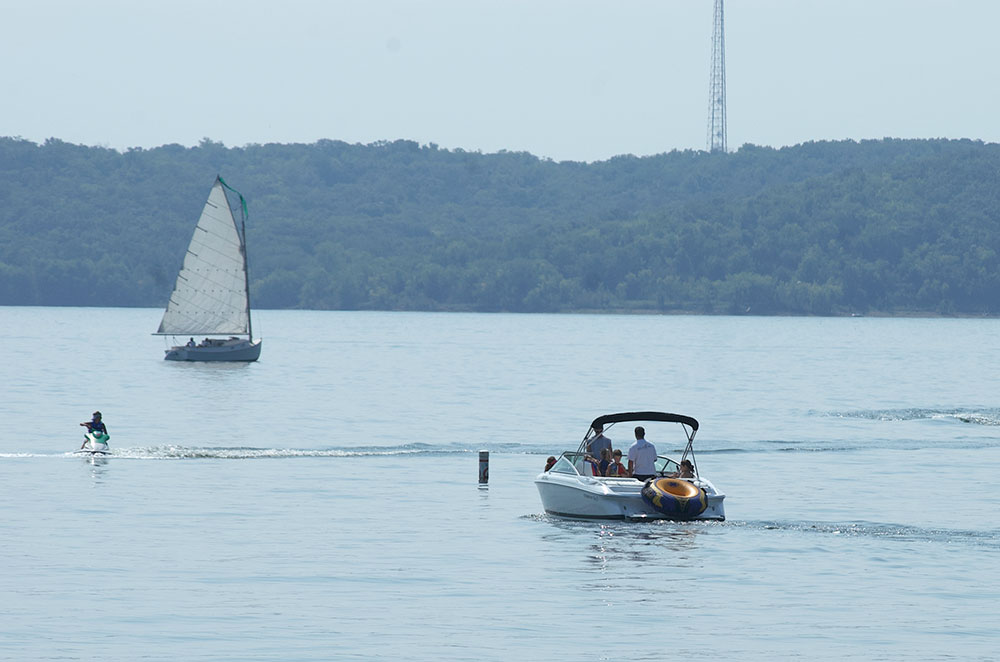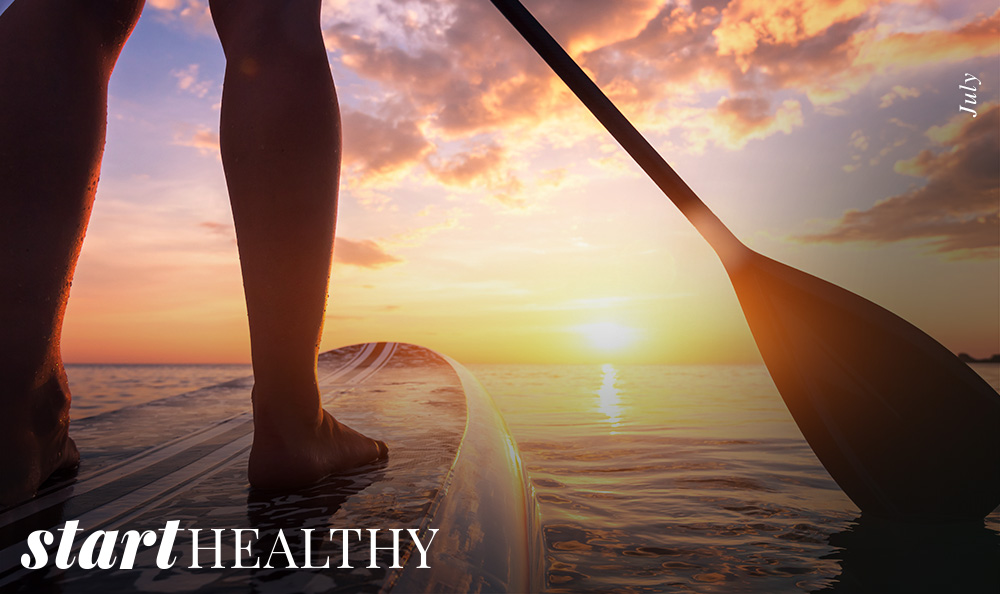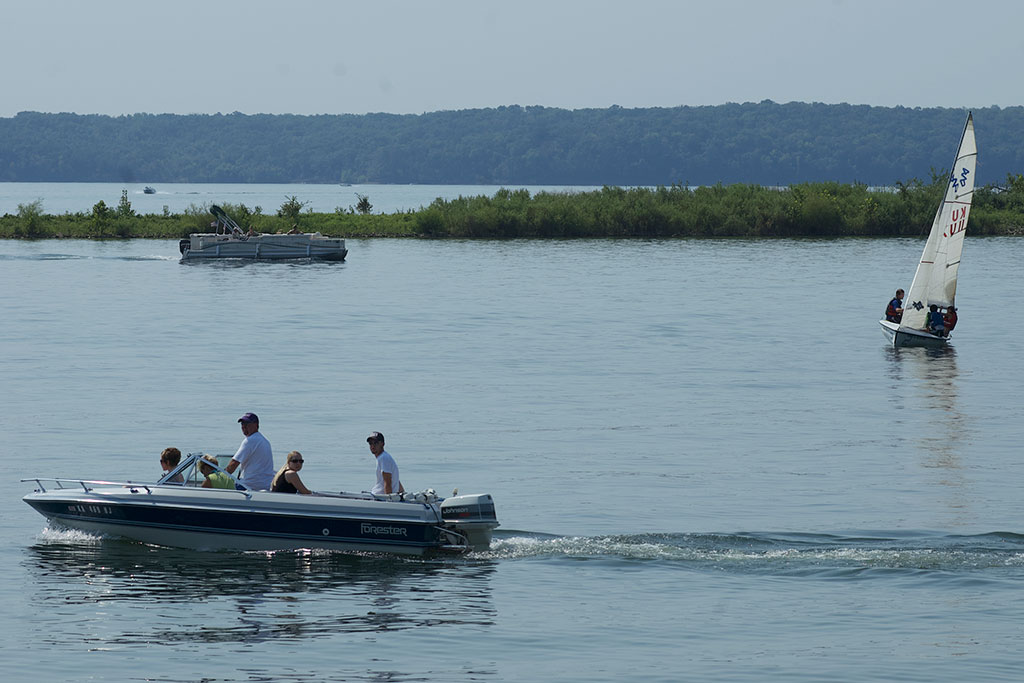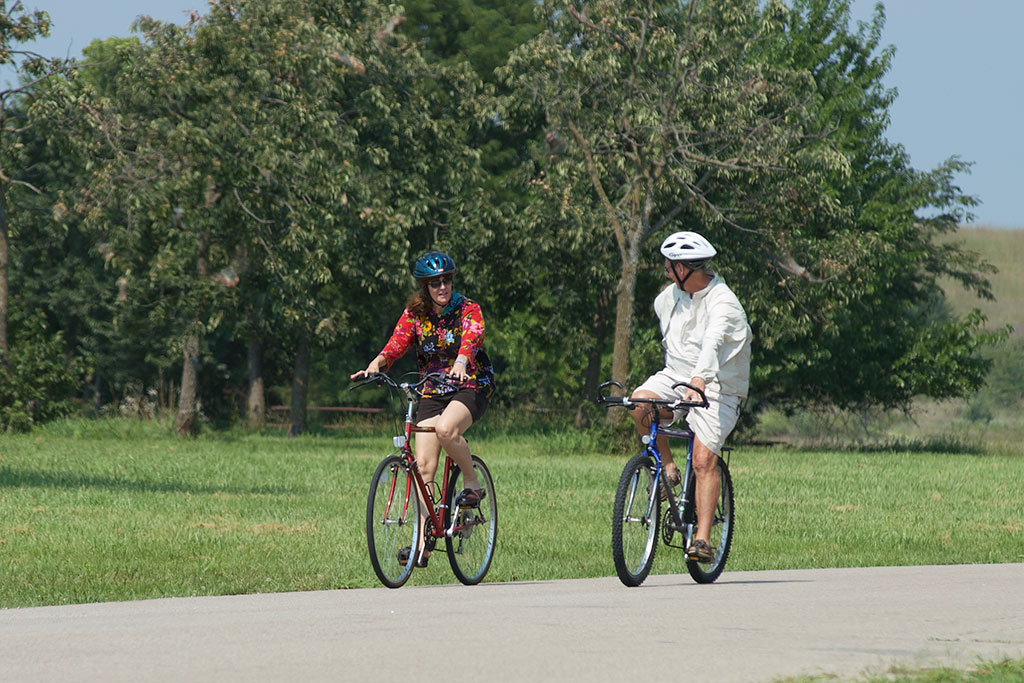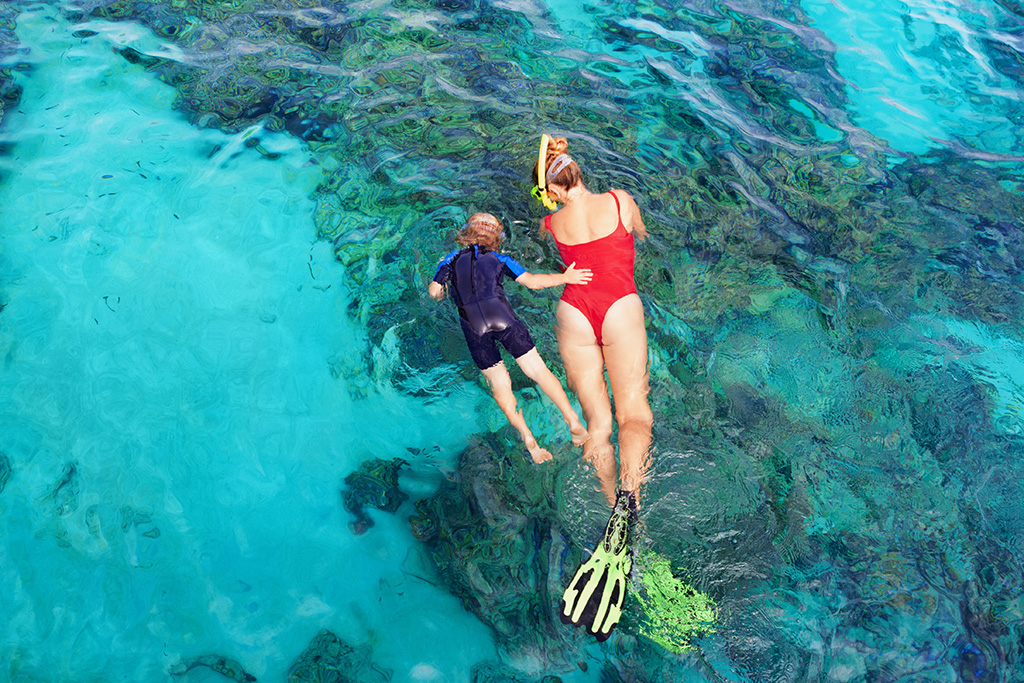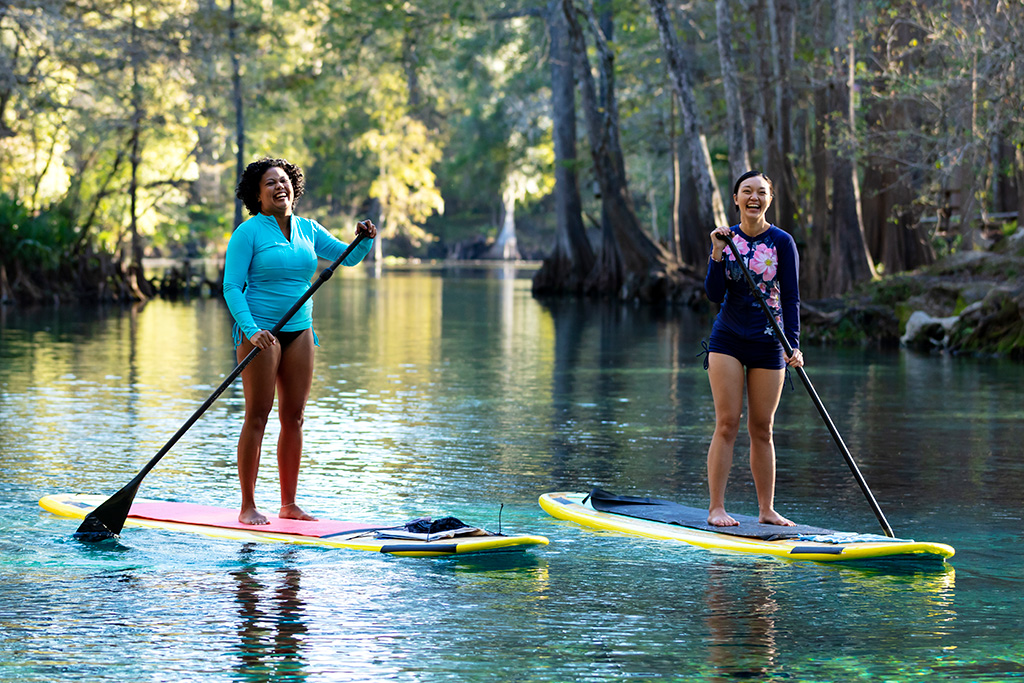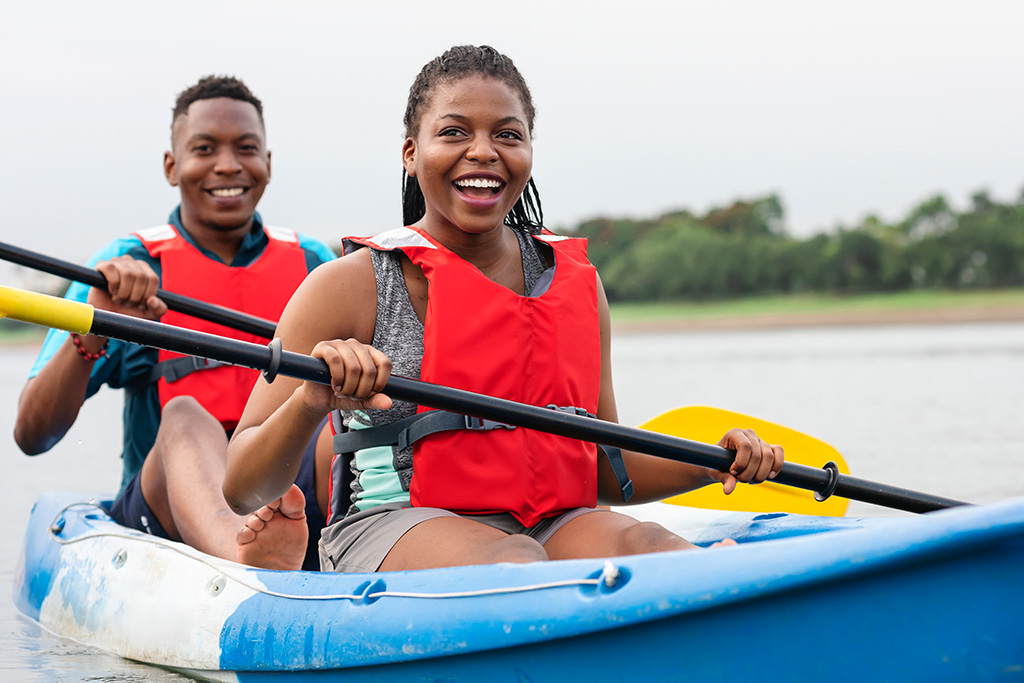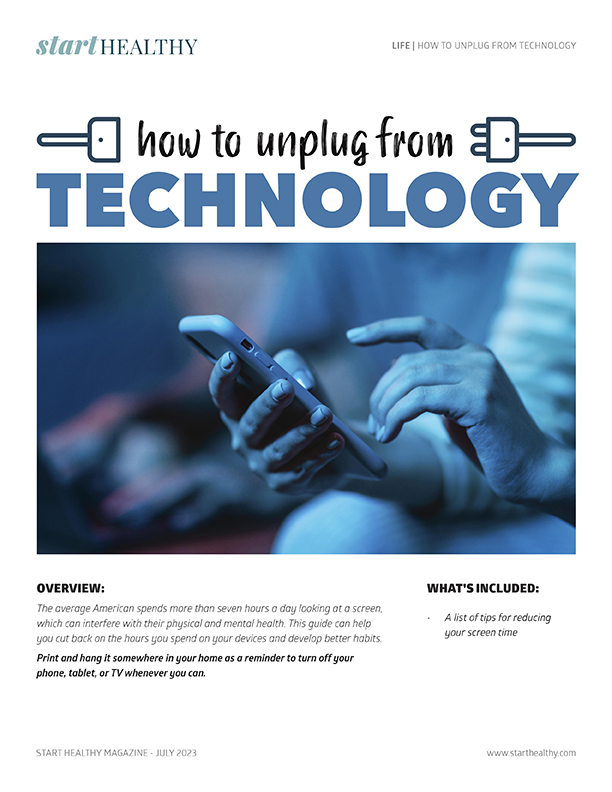Array
(
[0] => Array
(
[item_type] => phone
[content] => Array
(
[label] => Direct
[number] => 7027271969
[extension] =>
)
)
[1] => Array
(
[item_type] => email
[content] => Array
(
[label] => Email
[email_address] => info@carothersins.com
)
)
[2] => Array
(
[item_type] => website
[content] => Array
(
[label] =>
[value] => https://www.carothersinsurance.com/
)
)
)
?>
Lawrence, Kansas, home of the University of Kansas, is well-known as a thriving college town. And like most college towns, there is no shortage of options for dining, entertainment, and shopping. Here you can stroll down the historic Massachusetts Street, stop in at one of the numerous art galleries, and shop at 166-year-old Weavers, one of only a handful of independent department stores still existing in the United States.
Of course, if you’re more of an outdoorsy type, you can always head to the beach. That’s because located on the southwestern corner of town, you’ll find Clinton Lake, which offers endless opportunities for having fun in the sun.
The perfect summer getaway
Built in 1977 and filled since 1980, this eight-mile-long, 7,000-acre reservoir is the primary water source for around 100,000 Kansans, making it the most relied-upon body of water in the state. It also welcomes an average of 1.8 million visitors per year looking for memorable Midwestern recreation, from camping to hiking to swimming. When you visit, you can enjoy six different parks along the lake, the most popular being Clinton State Park and Bloomington East Park.
Clinton State Park: mountain biking, marina life, and more
Spanning almost 1,500 acres to the north of Clinton Lake, Clinton State Park is a nature lover’s paradise. Hikers and bikers alike can enjoy over twenty-five miles of trails running through the park, and animals abound thanks to the adjoining 9,200-acre wildlife area. You may spot deer, waterfowl, and even wild turkeys. And if you like roughing it, bring your gear: the park offers .
It’s also a popular area for water enthusiasts thanks to Clinton Marina, one of the largest marinas in the Sunflower State. With nearly six hundred boat slips, it’s easy to head out on the lake, or you can simply take a dip in the beautiful clear water or enjoy gazing lazily at the stunning view. Plus, this popular gathering place has just about everything you could want in one place, including marine and water sports equipment, camping gear, and food.
Bloomington Parks: twice the fun
On the opposite side of Clinton Lake lies Bloomington Park, or rather two distinct parks: Bloomington East and West. The western side is mainly a large campground area that offers scenic views of both the lake and the dam. It also amps up the comfort with amenities such as flush toilets and showers.
Bloomington East Park, however, is where people tend to flock—with over four hundred campsites available, it’s the largest park in the area. Notably, it’s also home to the welcoming sands of Bloomington Beach, a paradise that spans the eastern edge of the area. Here you can participate in any number of fun outdoor activities: swimming, fishing, horseshoes, volleyball, disc golf, and water sports like canoeing and Jet Skiing. The choices are seemingly endless!
When you start to feel a bit worn out from all the action, take a break by diving into the area’s rich history. The Wakarusa River Valley Heritage Museum right on-site honors the towns that predated the lake as well as the valley’s role in the Underground Railroad.
Other options along the lake
In addition to hitting the trails, frolicking on the beach, and camping under the stars, you can easily find other areas of interest at Clinton Lake. For example, the quaint Overlook Park, only a ten-minute walk from Clinton State Park, earns its name as a picnic-friendly area with amazing lake views. And just to the east of the lake, you can tee up at Eagle Bend Golf Course and visit the Lawrence Rotary Arboretum, which features not only trees and flowers but also a pond and a pavilion for sightseeing. There’s even a park on the south end of Clinton Lake that welcomes horses if you enjoy hiking on trails with these fabulous beasts.
It’s been said that there’s no place like home, and with its calming waters, sandy beaches, and plethora of campgrounds and other amenities, Kansas’s Clinton Lake certainly comes close. If you’re traveling along Interstate 70 with Kansas City or Lawrence on your itinerary, make sure to do a stopover here to get a taste of bucolic, laid-back Midwestern summer tranquility.
For more info, visit nwk.usace.army.mil or ksoutdoors.com
Simple and Fun Water Sports for Beginners
